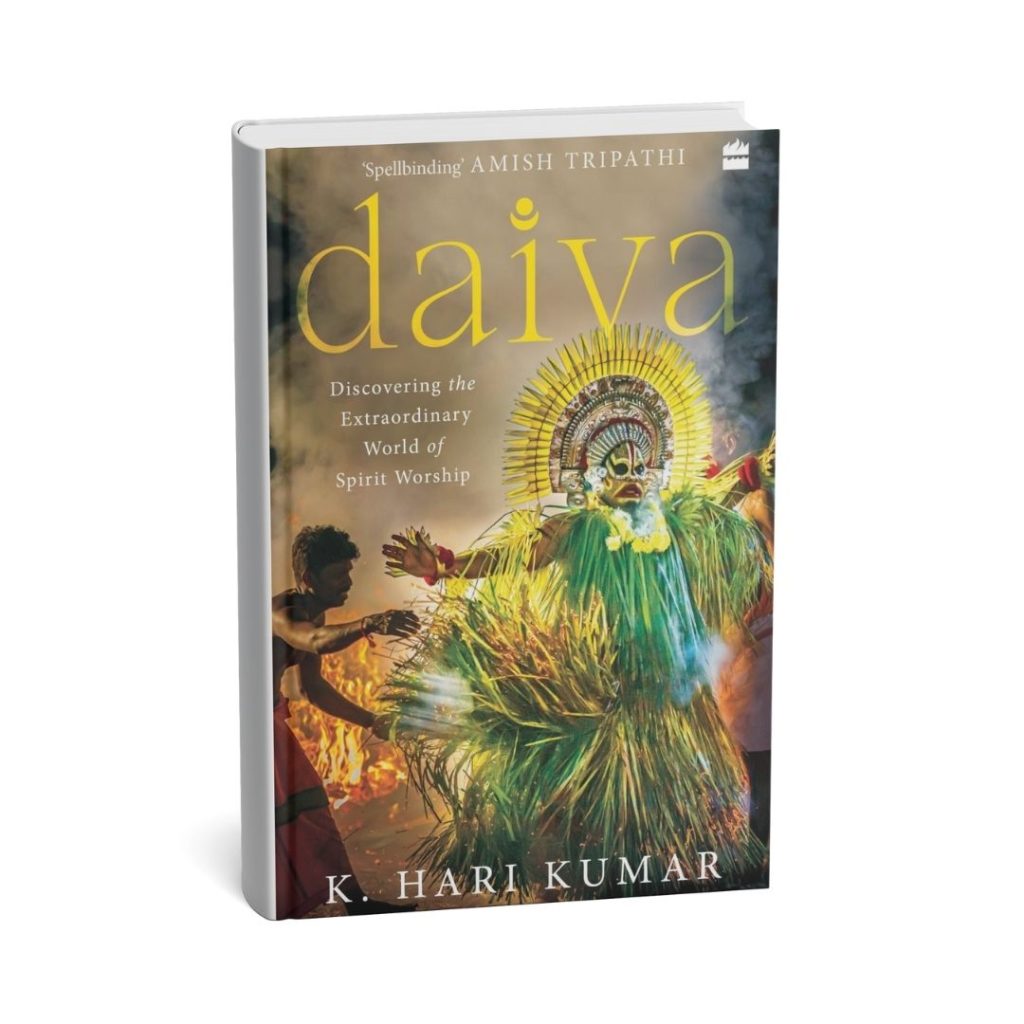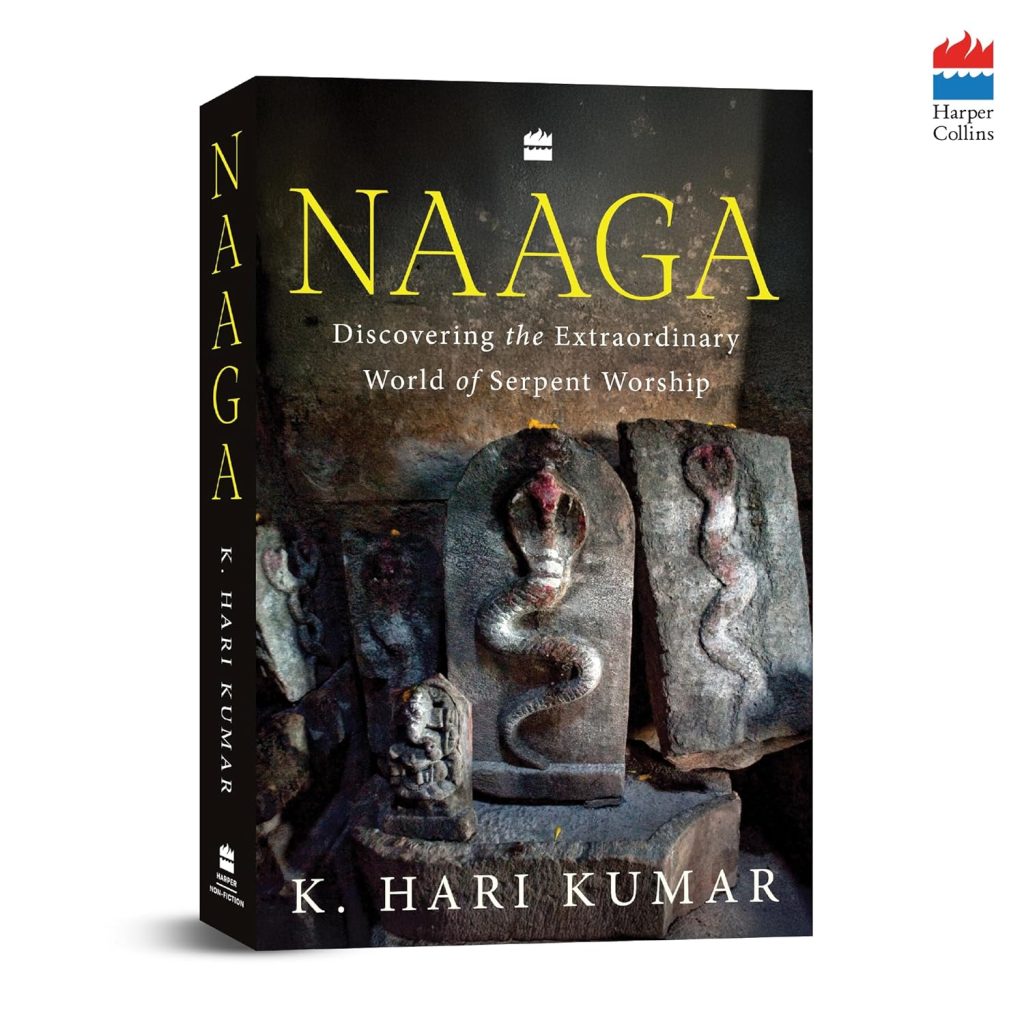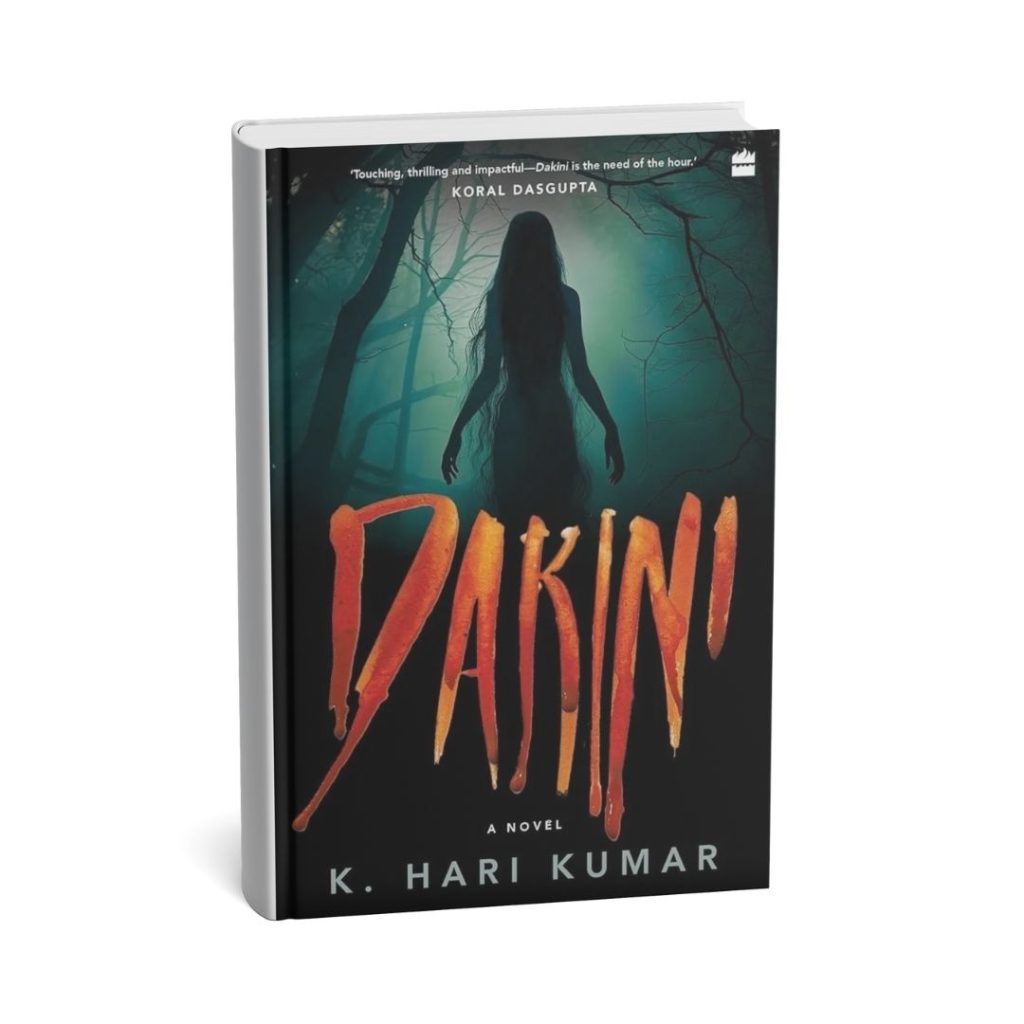Crafting dynamic characters is an art that lies at the heart of great storytelling. A compelling character has the power to transport readers to uncharted territories, instill compassion, and leave an indelible mark. But what makes a character feel genuinely alive? The answer lies in the character’s backstory, growth arc, and a host of other factors that contribute to their development. In this article, we shall delve deep into the essential elements of character development, offering a comprehensive guide to help writers create characters that seize the imagination and leave a lasting impression. Whether you’re a seasoned technical or academic writer seeking to polish your character development skills or an aspiring fiction writer seeking guidance, this article provides the tools and insights you need to craft dynamic characters that resonate with your readers and/or viewers.
Create a Backstory

A character’s backstory is their history, which includes details about their childhood, family, relationships, education, career, and life experiences. What unique backstory will you create for your characters?
If we observe the world around us, we can see that our past experiences shape us as individuals. This phenomenon is not limited to the human species, but extends to the realm of fiction as well. In the art of storytelling, a character’s backstory is an integral component that contributes to their development and personality. It is through the exploration of a character’s past experiences that we can gain insight into their behavior, motivations, and values.
For instance, the significance of backstory in character development can be found in Alisha’s character in “Bhram” and the enigmatic character of Jay Gatsby. The story’s intricate plot revolves around Alisha’s past experiences and her obsessive desire to help a girl’s spirit that is probably going through the same pain as she was, ultimately leading to the culmination of her trauma. As the story unfolds, we learn more about Alisha’s backstory and how it has shaped her character, revealing her inner turmoil and motivations.
Crafting a backstory for a character is an effective way for writers to create more realistic and relatable personalities. It allows them to delve deeper into a character’s history, upbringing, and life experiences, and understand how these factors have influenced the character’s decisions and actions. By doing so, writers can create characters that are multidimensional and compelling, with unique perspectives and personalities that resonate with readers.
Just as our past experiences shape us, a character’s backstory plays a critical role in their development and personality. By carefully crafting a character’s backstory, you can create compelling and relatable characters that engage readers/viewers and bring their stories to life.
So, as you embark on your writing journey, what unique backstories will you create for your characters?
Give them a Goal

A character’s goal is what they want to achieve or accomplish, which can create tension and conflict in a story. What goals will you set for your characters?
In the wild, animals are driven by their instincts and desires to survive and thrive. Similarly, in storytelling, a character’s goal is what propels them forward and gives them a sense of purpose. Without a goal, a character can wander aimlessly, and the story can lose its momentum.
Robert McKee emphasizes the significance of a character’s desire or goal in his book, “Story: Substance, Structure, Style, and the Principles of Screenwriting.” McKee suggests that a character’s goal is the “spine” of the story, giving it structure and direction. Furthermore, a goal can add complexity to a character’s journey, creating conflict and obstacles for them to overcome.
Thus, a character’s backstory may provide insight into their motivations, but it is the character’s goal that gives them direction and a sense of purpose. By creating clear and meaningful goals for your characters, you can create a dynamic and captivating narrative that keeps readers invested.
So, dear writer, what goals will you set for your characters to make them truly dynamic?
Paint a Personality

A character’s personality is their unique set of traits, quirks, and habits. It could be the way they speak or how they twirl their finger around their hair when anxious. What personality traits will you give to your characters?
Now, let us embark on a wild journey into the very heart of the matter: a character’s personality. What makes them tick? What quirks and idiosyncrasies make them stand out from the crowd? A well-crafted personality can make a character feel relatable and fascinating to readers.
Crafting a character’s personality is an essential ingredient in creating a memorable and engaging tale. A character’s persona should be both distinct and believable, with flaws and virtues that make them feel like real people. A character’s personality should remain consistent throughout the story but allow for growth and evolution as they face challenges and hurdles.
It’s essential to give your character a flaw or weakness. That’s what creates conflict and paves the way for personal growth and change. However, it should be an integral part of their personality that can be overcome through the course of the narrative.
A character’s personality can be shaped by a myriad of factors like cultural background, upbringing, and personal experiences. Take Tony Stark, for example. His genius-level intellect, billionaire status, and experiences as Iron Man have contributed to his quick wit, arrogance, and larger-than-life persona, making him an entertaining and beloved character in the Marvel Cinematic Universe.
Cooper from Interstellar is another excellent example of a multifaceted character. His loyalty to his family and community is matched only by his sense of adventure and desire to explore the unknown. His analytical problem-solving approach, combined with his emotional depth, makes him a compelling protagonist who faces difficult challenges while staying true to his values.
Then there’s Amarendra Bahubali, a beloved warrior and natural leader who inspires loyalty in others. His humility and devotion to serving his people, along with his deep loyalty to his family, make him a complex and captivating character. Ultimately, his sense of justice and duty leads to his downfall when he is betrayed.
As a writer, you must imbue your characters with distinct, consistent, and believable personalities that allow for growth and change over the course of the story. So, dear writer, ponder the people in your own life and the qualities that make them unique. What personality traits will you bestow upon your characters to make them unforgettable?
Strengths & Weaknesses

Showing a character’s strengths and weaknesses can make them feel more complex and nuanced. This could be the result of their backstories or past trauma. What strengths and weaknesses will your characters possess?
This part is an extension of the characters personality. The strengths and weaknesses of a character are shaped by his backstory, environment and personality traits. In order to truly bring a character to life, we must show their strengths and weaknesses. Just like us, characters have areas where they excel and areas where they struggle. As we delve deeper into a character’s story, we discover the intricacies of their personality. To truly bring a character to life, we must explore their strengths and weaknesses.
In the film Joker, directed by Todd Phillips, we witness the importance of highlighting a character’s strengths and weaknesses. The titular character, portrayed by Joaquin Phoenix, is a fascinating character with a mix of talents and challenges. He has an exceptional ability to entertain people with his humor, but his mental illness and isolation hinder his ability to connect with others. As the story progresses, the Joker’s weaknesses become increasingly apparent, leading to a haunting and unsettling climax.
One of my favorite characters from contemporary literature is Dan Brown’s Robert Langdon. Langdon possesses remarkable strengths, such as his skill in deciphering complex codes and symbols. He has an extensive knowledge of religious history and iconography, which enables him to connect seemingly unrelated clues. Langdon’s exceptional observation skills and attention to detail also aid him in noticing significant clues that others may miss. In addition, his calm and composed demeanor in high-pressure situations allows him to make quick decisions and take calculated risks.
However, Langdon also has his share of weaknesses. He suffers from claustrophobia, which hinders his ability to navigate confined spaces or crowded areas. Despite this, his strengths far outweigh his weaknesses, making him a fascinating and dynamic character in the novels.
Similarly, Anahita Anand, the protagonist of my novel ‘Dakhma‘, is a complex character with both strengths and weaknesses. Her determination and intelligence make her a compelling lead character, while her struggles with anxiety disorders and her single-minded pursuit of truth add depth and complexity to her character.
These examples show how a character’s strengths and weaknesses can create a relatable and compelling character. By portraying characters who face challenges and grow as individuals, writers can create nuanced and dynamic characters that resonate with audiences long after the story concludes.
So, dear writer, what strengths and weaknesses will your characters possess? How will they face their challenges and grow as individuals?
Relationship Arcs

Relationships can reveal a character’s personality, backstory, and motivations. What relationships will you create for your characters, and how will they impact the story?
No character exists in a void. Relationships are a key part of any story, and can reveal much about a character’s personality, backstory, and motivations. We are all shaped by the people in our lives. Just like in the animal kingdom, where social interactions play a significant role in shaping behavior and survival, human beings are inherently social creatures. The relationships we form, both positive and negative, have a significant impact on our lives and personalities.
In storytelling, relationships serve as a crucial aspect of character development. They provide insights into a character’s motivations and can help shape their personalities. A character’s relationships can have a profound impact on the story’s progression. They can help or hinder a character’s growth and development. A toxic relationship may lead to a character’s downfall, while a supportive friendship can provide them with the strength and motivation to overcome obstacles.
Furthermore, relationships can also reveal a character’s strengths and weaknesses. A character may display exceptional loyalty and selflessness towards a loved one, but may also have a tendency to be possessive or jealous. The portrayal of such complex characters in Bollywood movies, such as the character portrayed by Shah Rukh Khan in Chalte Chalte, provides us with a deeper understanding of how relationships can shape a character’s personality.
The relationships between Harry, Ron, and Hermione in the Harry Potter series are an excellent example of how friendships can help in character development. Their bond provides a source of support and comfort as they navigate the challenges of their magical world.
Similarly, the relationship between Iyer and Jai in When Strangers Meet is a testament to how two strangers can impact each other’s lives. Their connection, although recently formed, drives the story forward and helps both the characters culminate their arcs in the book.
Thus, relationships are an integral part of character development in storytelling. By crafting relationships that impact the story’s progression and reveal a character’s strengths and weaknesses, writers can create dynamic and relatable characters that resonate with audiences. Therefore, as a writer, it’s crucial to consider the relationships you will create for your characters and how they will impact the story’s development.
As a writer, what relationships will you create for your characters, and how will they impact the story? Will they help or hinder your character’s growth and development?

A character’s growth and change over the course of the story can create a satisfying character arc. A character, with all their traits, strengths and weaknesses, should evolve. Think… What sacrifices will they make or what fear will they overcome to evolve?
As we journey with our characters, we witness their struggles with challenges that push them to the brink and force them to confront their weaknesses. In doing so, they gain depth and complexity, becoming more dynamic and multi-dimensional.
In “When Strangers Meet,” Jai is a spoilt brat who runs away from home, seeking adventure and freedom. However, his journey takes a turn when he meets Iyer, who had once walked a similar path. Iyer’s past experiences with the harsh realities of life mirror Jai’s situation and become a catalyst for his transformation.
Through Iyer’s guidance, Jai confronts his flaws and weaknesses, ultimately growing into a more mature and self-aware individual. This evolution comes at a cost, as Jai must let go of his old beliefs and habits and embrace a new way of thinking.
Transformation is change. Change is often met with resistance, and for our characters, it can be a difficult journey to let go of the old and embrace the new. But through these struggles, the characters undergo a transformation that brings depth and dimension to their personas.
In Paulo Coelho’s novel “The Alchemist,” we embark on the journey of Santiago as he sets out to fulfill his personal legend. However, his path is blocked when he is robbed and left stranded in Tangier. To continue his journey, he works tirelessly in a crystal shop, gaining patience and resilience in the process.
As Santiago progresses, he meets Fatima, a woman he falls in love with. Despite his emotional attachment to her, he recognizes that he must leave her to continue his quest for treasure. Through this, we witness his character growth as he prioritizes his ultimate goal over his personal desires.
The journey is not without obstacles, and Santiago must make difficult sacrifices to progress towards his goal. As he faces trials and tribulations, he confronts his weaknesses and emerges as a stronger and more fulfilled individual.
As a writer, it is our responsibility to illustrate the evolution of our characters and the sacrifices they make along the way. Through their struggles and challenges, we create a transformative journey that resonates with the reader and brings our characters to life.
As a writer, how will you show your characters’ evolution over the course of your story, and what sacrifices will they make along the way?
To Sum Up
Character development is a delicate balancing act.
Creating characters that come alive on the page is a challenging endeavor that demands a deft hand. We must create characters who are complex and nuanced, with unique backstories, goals, personalities, strengths, weaknesses, relationships, and growth arcs.
Think… How will you bring your characters to life in ways that will capture the imaginations of your readers? Allow the world around you to inspire you, and let your creativity soar to new heights. With careful attention to detail and a vivid imagination, the characters you conceive might just surprise you and your readers alike, taking on a life of their own.
Let your imagination soar.
Character Building Cheatsheet Template
Welcome, fellow writers! Are you ready to embark on an adventure to create truly dynamic and compelling characters? Look no further than my Character Building Cheatsheet template. This meticulously designed tool will guide you through the entire process of crafting fully-realized characters that will leave a lasting impression on your readers. The template is loaded with prompts and questions that explore every aspect of your characters’ backstory, personalities, relationships, strengths, and weaknesses. With the help of this cheatsheet, you’ll be able to create characters that readers will love and remember for years to come.
So, what are you waiting for? Take the first step on your journey of character building and click the download below and sign up for a free cheatsheet –
Sign up for your free Character Building Cheatsheet Template.




Leave a Reply